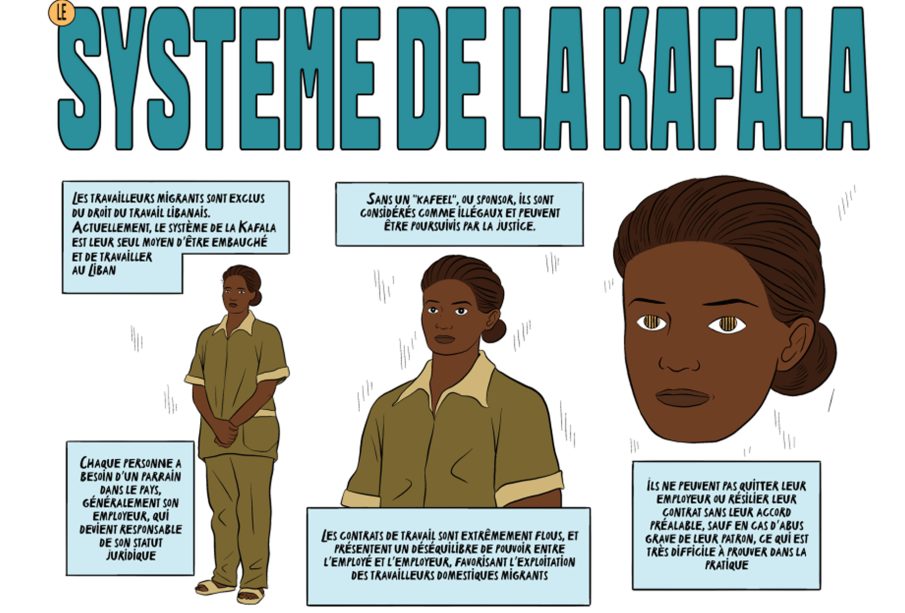Understanding the Kafala System: Implications and Reforms

Introduction to the Kafala System
The kafala system, prevalent in several Middle Eastern countries, particularly in the Gulf Cooperation Council (GCC) nations, has been under scrutiny for its treatment of migrant workers. This sponsorship system, where workers’ visas are tied to their employers, raises significant concerns regarding exploitation and workers’ rights. As global awareness grows about labor rights, understanding the dynamics of the kafala system is essential for evaluating its impact on millions of workers across the region.
Background of the Kafala System
Established in the early 20th century, the kafala system was initially designed to facilitate labor mobility from foreign countries to meet rapid industrial growth. However, over time, it has been criticized for creating an environment prone to abuse. Workers often face restrictions on their movement, difficulty in changing jobs, and in some cases, severe exploitation including unpaid wages and unsafe working conditions.
Recent Developments and Reforms
In response to mounting pressure from human rights organizations and international bodies, several GCC countries have initiated reforms to the kafala system. For instance, in 2020, Qatar announced significant changes to give workers more freedom to change employers without prior consent, and in early 2021, Saudi Arabia introduced reforms allowing better protections and rights for foreign laborers. These changes are aimed at improving labor conditions and aligning with international labor standards.
The Role of Advocacy and Awareness
Global advocacy groups have played a pivotal role in pushing for reforms. Organizations such as Human Rights Watch and Amnesty International have documented the abuses associated with the kafala system, urging governments to implement comprehensive labor laws. Public awareness campaigns have also contributed to the dialogue around worker’s rights, helping mobilize efforts for positive change.
Conclusion: The Road Ahead
While recent reforms in the kafala system are a step in the right direction, significant challenges remain. Continued advocacy and vigilance are crucial as these changes are implemented. The future of the kafala system lies in how effectively these reforms are enforced and whether they can lead to genuine improvements in the lives of migrant workers. For readers, understanding these dynamics is vital, as it highlights the intersection of labor rights, globalization, and human dignity in today’s world.









